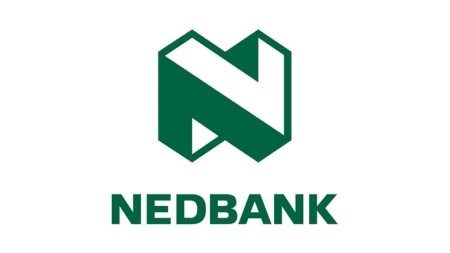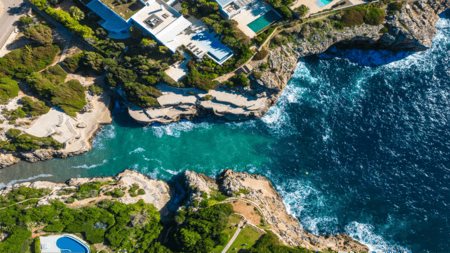The adage “you don’t know what you’ve got until it’s gone’ could well be applied to South Africa’s water within a few short years if urgent attention isn’t paid to a looming water crisis.
South Africa is a water scarce country which largely depends on rainfall for its needs. The Water Research Commission has warned that in the absence of greater efforts to conserve our water, Gauteng could run out by 2016. This potential scenario can be attributed to a number of factors including climate change, a burgeoning population and the fact that the country’s water infrastructure is falling into disrepair.
You may have noticed of late that your monthly water bill has steadily been rising. This is because the cost of upgrading our ageing infrastructure is now being passed on to consumers. The upshot is that our water supplies are under pressure and water costs are going to keep rising.
So what can you do to offset water wastage and costs? One of the biggest water users in the home is the toilet. The average toilet uses up to 18 litres every time it’s flushed. Recognising the need for water friendly toilets, Tile Africa has introduced a new Riviera Water Wise toilet range which saves up to 60 percent water. Manufactured by Lecico which adheres to the highest manufacturing standards, the new range comprises four models: the Riviera Watersave Push Button toilet; the Riviera Watersave Venezia Push Button toilet; the Riviera Watersave Wall Hung toilet and the Riviera Watersave Back to Wall toilet.
“With Riviera’s revolutionary flush system, consumers can save money while conserving one of our most valuable natural resources,” says Kate van Niekerk, marketing manager at Tile Africa.
All the toilets in the new range utilise a dual flush system. Dual flush systems feature split flush buttons which give users a choice between pressing the smaller button for a four litre flush which is ideal for liquid waste or the larger button for more substantial waste.
“Four times out of five you’ll only need to use the smaller button, giving you an average saving of three litres per flush,” explains van Niekerk.
Of course there are a number of other nifty products and water saving tips which can be utilised to save water in the home. In addition to purchasing water saving products, Van Niekerk advocates the following tips:
• A shower can use 20 litres of water every minute. Take shorter showers and install a water efficient shower head. There are a large range of shower roses, hand-held showers and hoses available on the market which reduces water consumption without affecting the water pressure of water delivered
• Install aerators on your taps. Aerators restrict the flow of water from your tap without reducing water pressure. By fitting an aerator to your taps, you can reduce the amount of water you use by more than 50 percent
• Fix dripping taps. For every tap that drips constantly, around 90 litres of water is wasted every week which equates to 4,680 litres of water wasted every year
• When washing dishes by hand, don’t let the water run while rinsing. Fill one sink with wash water and the other with rinse water
• Adjust sprinklers so only your lawn is watered and not the house, street or pavement
• Only use your clothes and dishwasher when they are full. Doing so could save thousands of litres of water
• Install pool covers



